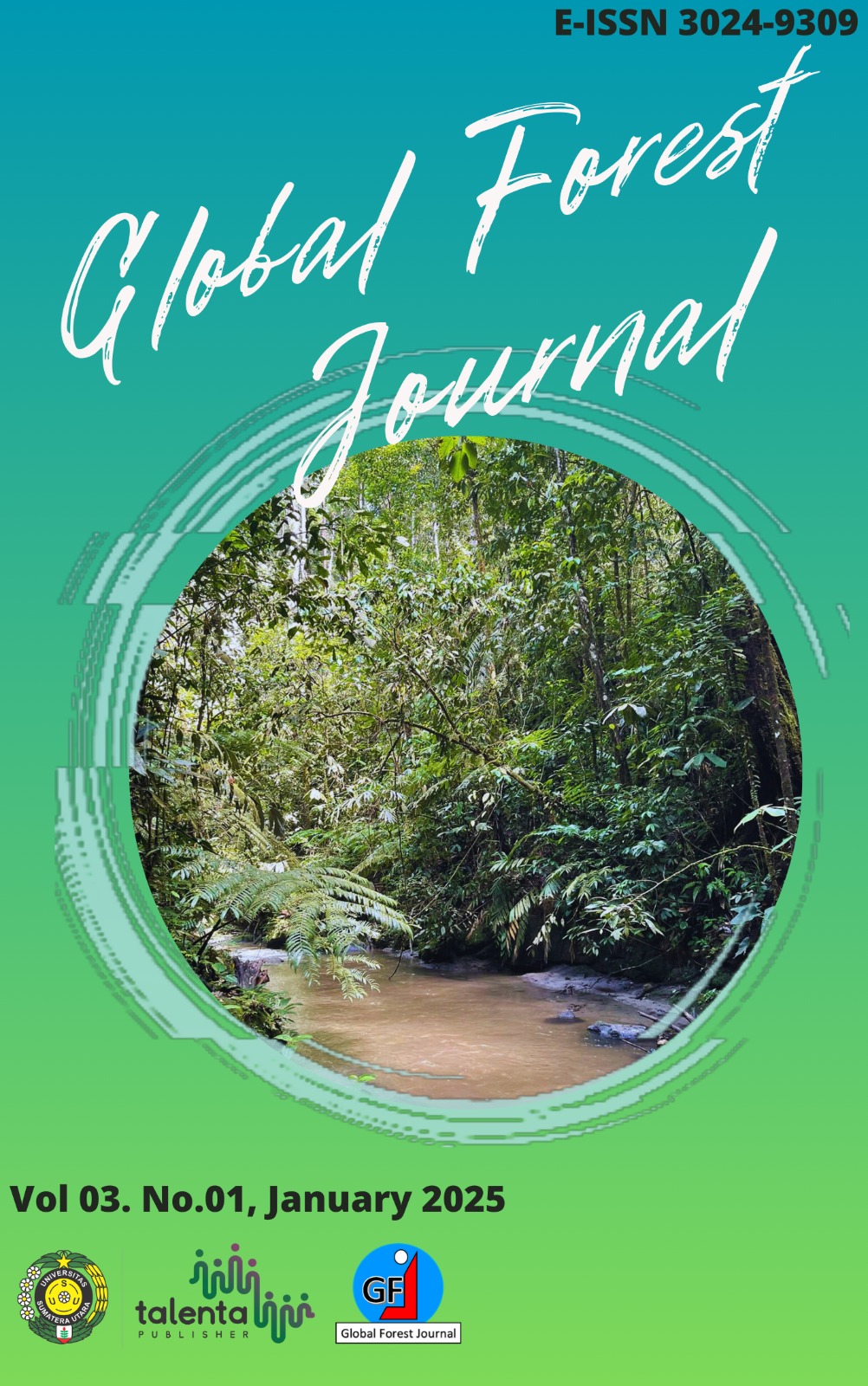The Bioprospecting of endophytic fungi in mangrove as natural anti-Vibrio parahaemolyticus
DOI:
https://doi.org/10.32734/gfj.v3i01.16102Keywords:
Antibacteria, Bioprospecting, Endophytic Fungi, Lampung Mangrove Center, Vibrio parahaemolyticusAbstract
Vibriosis caused by Vibrio, such as V. parahaemolyticus, is one of several issues in shrimp farming. Antibiotic misuse in disease controlling is suspected of producing environmental contamination resistance of micorbia, and rejecting the products. One of the efforts that can be made to overcome vibriosis by utilizing endophytic fungi in mangroves. This is due to the similarity of bioactive compounds produced by mangroves and endophytic microorganisms. The aim of this research was to analyze at the bioprospection of endophytic fungi as anti-V. parahaemolyticus at the Lampung Mangrove Center (LMC). The aim of this study was to analyze at the bioprospection of endophytic fungi as anti-V. parahaemolyticus at the Lampung Mangrove Center. The method used in the study was exploratory by isolating endophytic fungi from the roots and leaves of mangrove plants that predominantly grow in LMC for further biaoctivity screening process against V. parahaemolyticus. This study employs an exploratory approach with descriptive analysis. Based on the antibacterial activity test using the agar plug method, 9 out of 76 fungal isolates showed the ability to inhibit the growth of V. parahaemolyticus, namely isolates coded L-A1-MD1, L-A1-MD2, L-A1-MD3, L-A2-MA4, L-A2-MA5, L-A2-MA6, L-B1-MD18, L-P4-MA47, and L-A6-MA79. All isolates of endophytic fungi that had bactericidal activity against V. parahameolyticus predominantly come from the mangrove plant Avicena marina.
Downloads
Downloads
Published
Issue
Section
License
Copyright (c) 2025 Global Forest Journal

This work is licensed under a Creative Commons Attribution-ShareAlike 4.0 International License.









